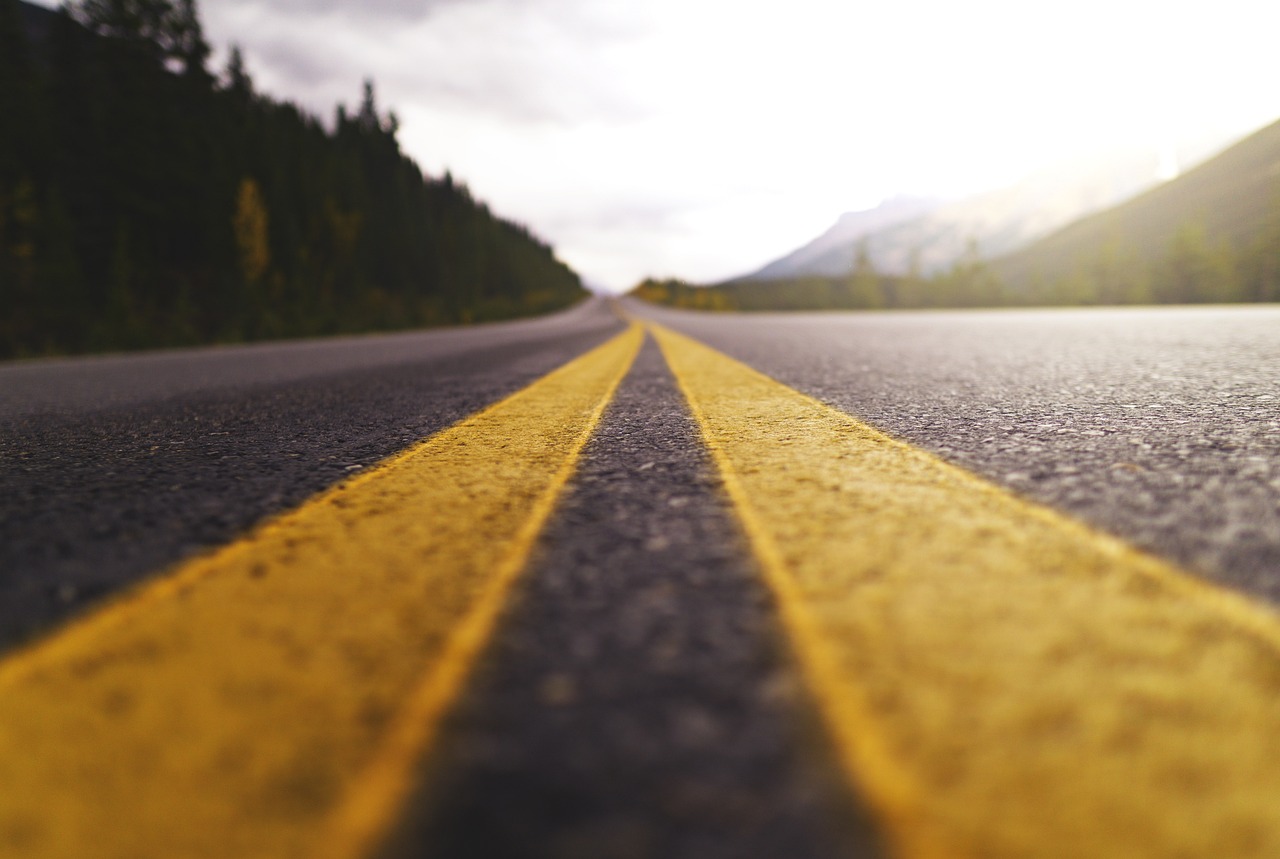This article offers a comprehensive guide on filming road trips with action cameras, focusing on optimal angles, essential tips, and techniques to enhance your travel videos. Whether you are an avid traveler or an adventure seeker, capturing your journey in high-quality video can significantly enhance your storytelling.
What is an Action Camera?
Action cameras are compact, d durable devices designed for capturing high-quality video in dynamic environments. These cameras are ideal for adventure enthusiasts and travelers looking to document their experiences in a way that traditional cameras may not achieve.
Why Use an Action Camera for Road Trips?
Using an action camera for road trips offers several advantages:
- Portability: Easy to carry and mount.
- Versatility: Suitable for various filming scenarios.
- Immersive Footage: Captures experiences in a way that engages viewers.
Choosing the Right Action Camera
When selecting an action camera, consider the following factors:
- Resolution: Higher resolution provides clearer images.
- Frame Rates: Higher frame rates allow for smoother motion.
- Battery Life: Longer battery life is crucial for extended trips.
- Additional Features: Look for stabilization and waterproofing.
Essential Accessories for Filming
To maximize your filming experience, certain accessories can enhance your action camera’s functionality:
- Mounts: Helmet, chest, and suction cup mounts for diverse perspectives.
- Tripods: For stable shots.
- External Microphones: Improve audio quality significantly.
Best Angles to Capture Your Journey
Experimenting with different angles can significantly improve the visual appeal of your road trip footage. Here are some effective techniques:
- Mounting Options: Use helmet mounts for first-person views or suction cup mounts on the vehicle for dynamic shots.
- Wide-Angle Shots vs. Close-Ups: Wide angles capture expansive landscapes, while close-ups highlight details and emotions.
Tips for Smooth Filming on the Road
Filming while driving can be challenging. Here are some tips to maintain video quality:
- Stabilize the Camera: Use mounts that minimize vibrations.
- Plan Your Shots: Know where you want to film ahead of time.
- Use Natural Light: Film during the golden hours for the best lighting.
Editing Your Road Trip Footage
Post-production is vital for creating engaging videos. Consider the following:
- Editing Software: Use user-friendly software like Adobe Premiere Pro or Final Cut Pro.
- Enhancing Footage: Adjust color grading and add music to enhance storytelling.
Sharing Your Road Trip Videos
Once your video is edited, sharing it effectively can reach a wider audience. Consider platforms like YouTube, Vimeo, or social media to showcase your adventures.
Safety Considerations While Filming
Safety should always be a priority while filming on the road. Understanding safe filming practices and adhering to local laws ensures a smooth and enjoyable experience without unnecessary risks.
Inspiration from Other Road Trip Filmmakers
Looking at the work of other road trip filmmakers can provide inspiration and insights. Analyzing their techniques and storytelling methods can enhance your filming approach.
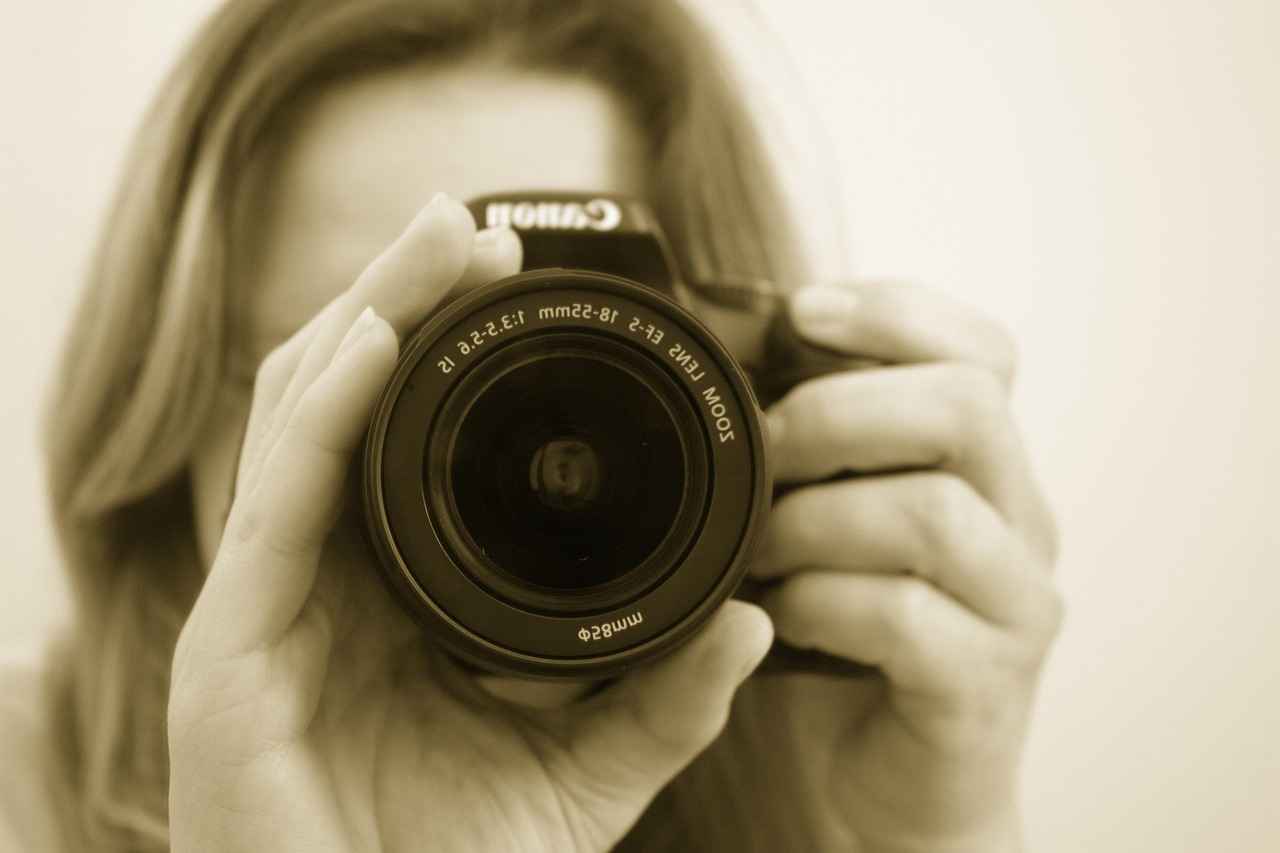
What is an Action Camera?
Action cameras are compact, durable devices specifically engineered for capturing high-quality video in demanding environments. These cameras have gained immense popularity among adventure enthusiasts and travelers who wish to document their experiences in a dynamic and engaging manner. Unlike traditional cameras, action cameras are designed to withstand various elements, making them perfect for outdoor activities such as hiking, biking, and water sports.
One of the defining features of action cameras is their versatility. They can be mounted on helmets, bikes, or even used handheld, allowing users to capture a wide range of perspectives. This flexibility enables filmmakers to tell their stories from unique angles, enhancing the overall viewing experience. Furthermore, many action cameras come equipped with features like image stabilization and waterproofing, which are essential for maintaining video quality in challenging conditions.
Another significant advantage of using an action camera is their portability. These devices are lightweight and compact, making them easy to carry during road trips or outdoor adventures. Their small size does not compromise their performance; in fact, many models can shoot in 4K resolution and offer various frame rates, allowing users to capture stunning visuals regardless of the activity.
Moreover, the user-friendly interface of action cameras makes them accessible to both beginners and experienced videographers. With simple controls and intuitive settings, users can quickly adjust their camera to suit different filming scenarios. This ease of use is particularly beneficial for those who may not have extensive experience with video equipment.
In addition to their technical features, action cameras foster a sense of community among users. Many filmmakers share their footage online, inspiring others to explore the world through their lenses. This collaborative spirit encourages creativity and innovation, as individuals learn from one another and push the boundaries of what is possible with these compact devices.
In summary, action cameras represent a significant advancement in video technology, providing users with the tools to capture their adventures in high quality. Their compact size, durability, and versatility make them an ideal choice for anyone looking to document their journey, whether on a road trip or during an extreme sports event. As technology continues to evolve, these cameras are likely to become even more sophisticated, further enhancing the way we capture and share our experiences.
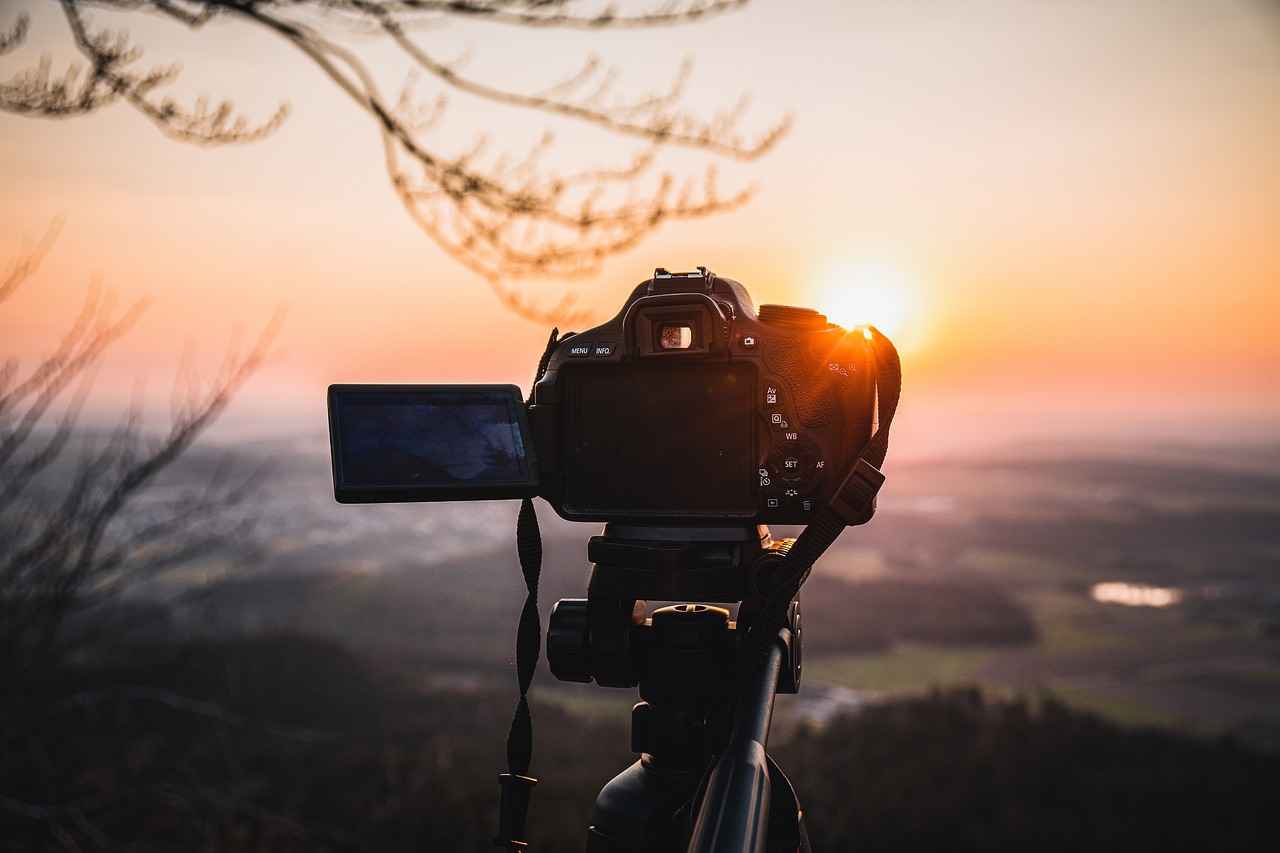
Why Use an Action Camera for Road Trips?
When embarking on a road trip, capturing the journey is just as important as the destination. This is where an action camera comes into play, offering unique advantages that make it an ideal choice for travelers. In this section, we will explore the reasons why using an action camera for road trips is beneficial.
- Portability: Action cameras are compact and lightweight, making them easy to carry around. Unlike traditional cameras, they can fit into small bags or even pockets, allowing for spontaneous filming opportunities.
- Durability: Built to withstand harsh conditions, action cameras are often waterproof and shockproof. This durability ensures that they can handle the rigors of outdoor adventures, whether you’re hiking to a scenic viewpoint or driving down a bumpy road.
- Versatility: These cameras can be mounted in various ways, providing unique perspectives that enhance storytelling. From helmet mounts to car mounts, the possibilities are endless, allowing you to capture every moment from different angles.
- Immersive Footage: Action cameras typically feature wide-angle lenses that create an immersive viewing experience. This is particularly effective for capturing expansive landscapes or bustling city scenes, making your videos more engaging.
- High-Quality Video: Many action cameras shoot in 4K resolution, ensuring that your footage is crisp and clear. This high-quality output is essential for creating visually appealing travel videos that you’ll want to share.
When selecting an action camera for your road trip, consider the following features:
- Resolution and Frame Rate: Higher resolutions and frame rates result in smoother video. Look for cameras that offer at least 1080p at 60fps or 4K capabilities for the best results.
- Battery Life: Long battery life is crucial for extended filming sessions. Choose a camera that can last several hours on a single charge, or consider carrying extra batteries.
- Stabilization Features: Look for cameras with built-in stabilization to reduce shakiness in your footage, especially when filming while driving or engaging in action sports.
- Additional Modes: Some action cameras come with special modes like time-lapse, slow motion, or burst mode, which can add creativity to your videos.
Using an action camera not only improves the quality of your footage but also enhances your overall travel experience. Here’s how:
- Encourages Creativity: The various mounting options and filming modes encourage you to think outside the box and experiment with different styles of storytelling.
- Captures Spontaneity: The compact nature of action cameras allows you to capture spontaneous moments that might be missed with larger equipment.
- Promotes Connection: Sharing your journey through engaging videos can foster connections with friends, family, and online communities, allowing others to experience your adventures vicariously.
In summary, using an action camera for road trips provides numerous advantages, from portability and durability to high-quality, immersive footage. By choosing the right camera and utilizing its features effectively, you can capture your journey in a way that traditional cameras simply cannot match.

Choosing the Right Action Camera
Choosing the right action camera is a pivotal step in ensuring that you capture stunning footage during your adventures. With a plethora of options available in the market, making an informed decision can significantly impact the quality of your videos. Here are some key factors to consider when selecting the perfect action camera:
- Resolution: The resolution of the camera plays a crucial role in the clarity of your videos. Look for cameras that offer at least 1080p resolution, but if you want to future-proof your content, consider models that support 4K recording. Higher resolutions provide more detail and flexibility in post-production.
- Frame Rates: Frame rates determine how smooth your footage will appear. For action-packed scenes, a camera that supports 60fps or higher is ideal. This allows for slow-motion effects and captures fast movements without blurring.
- Battery Life: Long-lasting battery life is essential for extended shooting sessions. Look for cameras that offer at least 2 hours of recording time on a single charge. Consider models with replaceable batteries for longer trips.
- Stabilization Features: To ensure smooth footage, especially during high-motion activities, invest in a camera with built-in stabilization features. Look for terms like Electronic Image Stabilization (EIS) or HyperSmooth for enhanced performance.
- Waterproofing: If you plan to film in wet conditions or underwater, choose an action camera that comes with a waterproof rating. Many models are designed to withstand submersion without additional housing, making them perfect for aquatic adventures.
- Field of View: The field of view (FOV) can affect the overall composition of your shots. A wider FOV captures more of the environment, which is ideal for landscape shots, while a narrower FOV can focus on specific subjects.
- Additional Features: Consider other features such as Wi-Fi connectivity for easy sharing, voice control for hands-free operation, and GPS tagging for location tracking. These can enhance your filming experience and make editing easier.
In summary, selecting the right action camera involves evaluating various attributes that align with your filming needs. By prioritizing resolution, frame rates, battery life, stabilization, waterproofing, field of view, and additional features, you can ensure that your camera will meet the demands of your adventures. Take your time to research and compare different models to find one that suits your unique requirements.
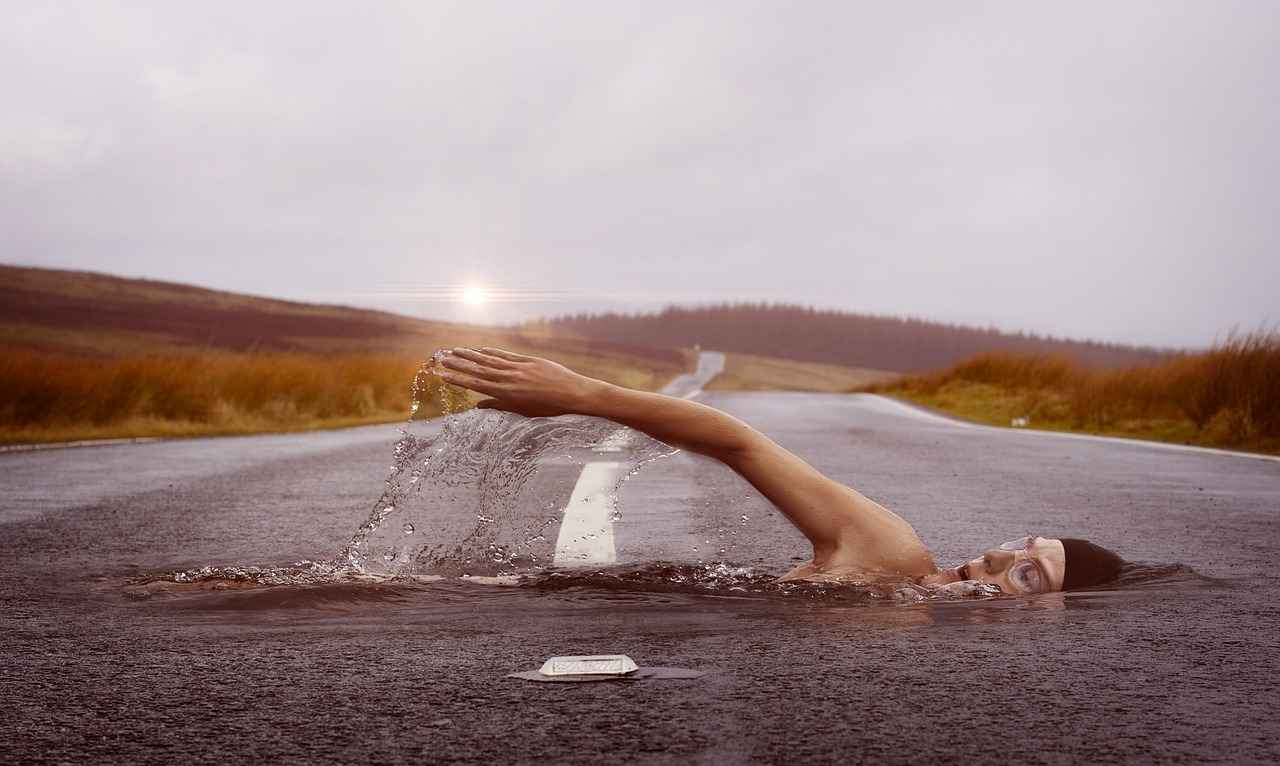
Essential Accessories for Filming
When embarking on a road trip, capturing every moment is essential. To enhance your filming experience with an action camera, it’s crucial to consider a variety of accessories that can significantly improve the quality and functionality of your footage. Below, we explore the essential accessories that can elevate your travel videos.
Accessories play a vital role in maximizing the potential of your action camera. They provide versatility and stability, enabling you to capture diverse angles and improve overall video quality. Investing in the right accessories can transform your filming experience, making it easier to document your adventures.
- Mounts: Various mounts allow you to attach your camera securely to different surfaces. For instance, helmet mounts are perfect for capturing POV shots while biking or hiking, while chest mounts provide a unique perspective of your surroundings.
- Tripods: A sturdy tripod is essential for stable shots, particularly when filming landscapes or time-lapses. Look for lightweight, portable tripods that can easily fit in your travel bag.
- External Microphones: To enhance audio quality, consider using an external microphone. Built-in microphones often struggle with wind noise and background sounds, so an external option can capture clearer audio, making your videos more engaging.
- Filters: Neutral density (ND) filters can help control exposure in bright conditions, allowing you to achieve smoother motion blur in your videos. This is especially useful for capturing scenes with fast-moving elements.
- Spare Batteries: Long road trips can drain your camera’s battery quickly. Carrying spare batteries ensures you won’t miss any key moments due to a dead battery.
Each accessory serves a specific purpose that enhances your filming capabilities. For example, using a suction cup mount allows you to attach your camera to the exterior of your vehicle, providing stunning driving shots that capture the essence of the journey. Similarly, a gimbal stabilizer can smooth out shaky footage, resulting in professional-looking videos.
To make the most of your accessories, consider the following tips:
- Plan Your Shots: Before you start filming, visualize the shots you want to capture. This will help you determine which accessories to use and how to set them up.
- Experiment: Don’t be afraid to try different mounts and angles. Experimentation can lead to unique and captivating footage that tells a better story.
- Check Compatibility: Ensure that the accessories you choose are compatible with your specific action camera model. This will prevent any issues during filming.
In conclusion, equipping your action camera with the right accessories can significantly enhance your road trip filming experience. From mounts and tripods to external microphones and filters, each accessory plays a critical role in capturing high-quality footage. By investing in these tools and applying effective filming techniques, you can create stunning travel videos that truly reflect the spirit of your adventure.
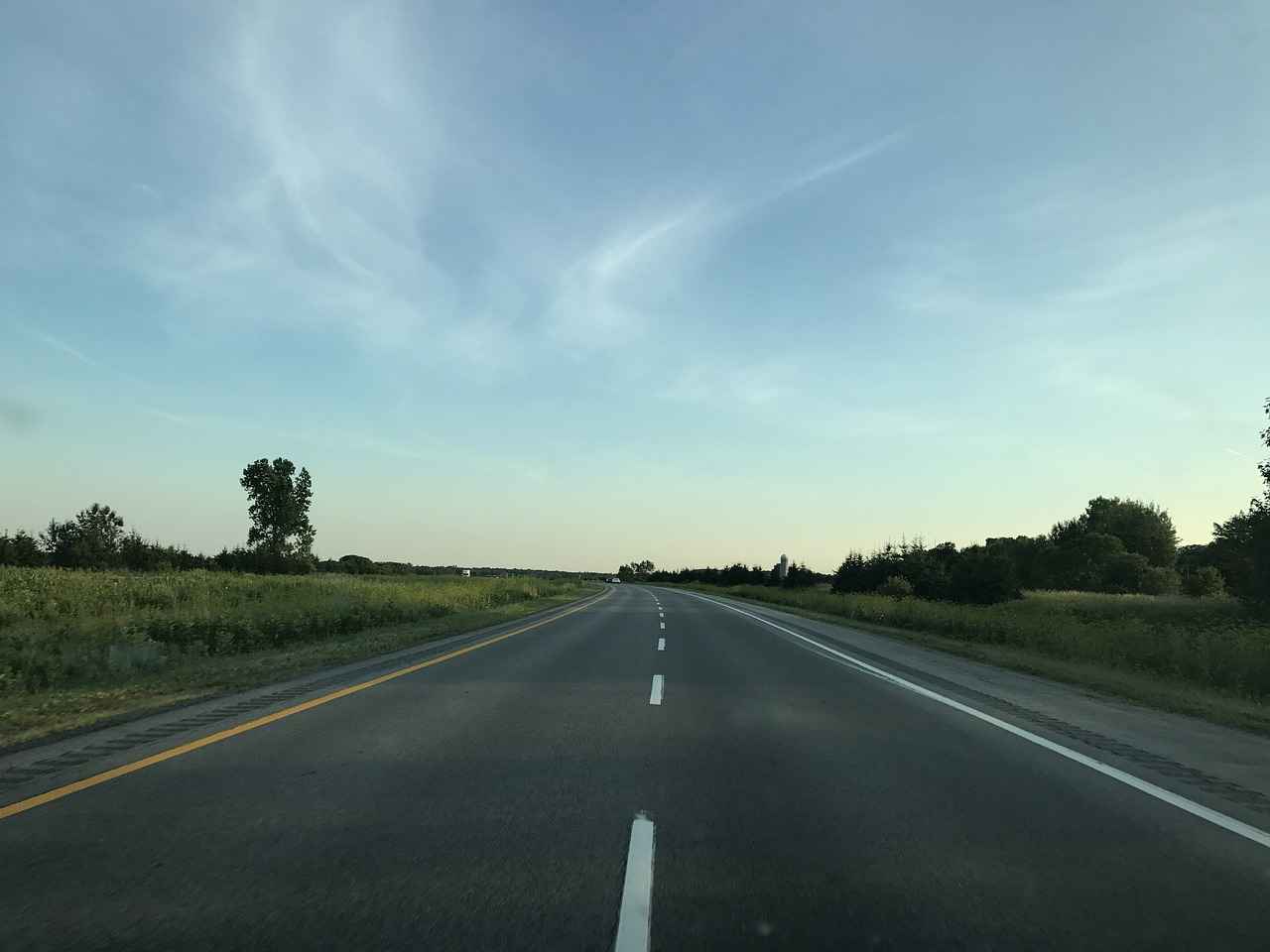
Best Angles to Capture Your Journey
When embarking on an unforgettable road trip, capturing the essence of your journey is vital. One of the most effective ways to enhance your travel videos is by experimenting with different angles. Why do angles matter? The right angle can transform ordinary footage into captivating visual stories, making your viewers feel as if they are part of the experience.
Experimenting with various angles not only adds visual interest to your videos but also helps convey emotions and the atmosphere of your travels. Different perspectives can highlight the beauty of landscapes, the thrill of adventure, and the joy of shared moments. Here are some angles to consider:
- Eye-Level Shots: These shots provide a natural perspective, making viewers feel as if they are right there with you. Use this angle to capture conversations or scenic views from the driver’s seat.
- Low Angle Shots: By positioning the camera closer to the ground, you can create a dramatic effect that emphasizes the scale of your surroundings. This angle works well for showcasing towering mountains or vast fields.
- High Angle Shots: Capturing footage from above can provide a unique overview of the landscape. Consider using a drone for breathtaking aerial views that showcase the beauty of your route.
- Over-the-Shoulder Shots: This angle allows viewers to see what you see, creating a sense of connection and immersion. It’s perfect for capturing moments of discovery or excitement.
- Close-Ups: Highlighting specific details, such as the texture of the landscape or the expressions of your travel companions, can add emotional depth to your footage.
To achieve these angles, consider the various mounting options available for your action camera. What mounts should you use? Here are some popular choices:
- Chest Mounts: These allow for a first-person perspective, perfect for action shots or when you want to capture your hands at work.
- Helmet Mounts: Ideal for biking or hiking, these mounts keep the camera securely attached while providing a dynamic view of your surroundings.
- Suction Cup Mounts: These versatile mounts can be attached to your vehicle’s exterior, offering unique angles as you drive through stunning landscapes.
Understanding how to balance wide-angle shots and close-ups is crucial for creating a dynamic narrative. Wide-angle shots are excellent for capturing expansive vistas, while close-ups can evoke emotions and highlight significant moments. Mixing both types of shots will create a more engaging viewing experience.
To ensure you capture the best angles during your road trip, keep the following tips in mind:
- Plan Your Shots: Before you hit the road, consider the locations you want to film and the angles you wish to capture. This foresight can lead to more compelling footage.
- Be Creative: Don’t be afraid to try unconventional angles or perspectives. Sometimes the most unexpected shots can become the highlights of your video.
- Stay Steady: Use stabilizers or gimbals to minimize camera shake, especially when filming while driving.
By thoughtfully experimenting with different angles and utilizing various mounting options, you can significantly enhance the visual appeal of your road trip footage. Remember, the goal is to tell a story that resonates with your audience, making them feel as if they are journeying alongside you.
Mounting Options for Stunning Perspectives
When it comes to capturing the essence of a road trip, the way you mount your action camera can make a significant difference. Utilizing various mounting options not only enhances the visual storytelling but also allows you to showcase your journey from multiple angles. This section delves into the different mounting options available, including helmet mounts, chest mounts, and suction cup mounts, and how they can elevate your travel videos.
Helmet mounts are designed to securely attach your action camera to a helmet, making them ideal for capturing first-person perspectives. This mounting option is particularly effective for activities like biking, skiing, or skateboarding. The benefit of using a helmet mount is that it provides a unique viewpoint that immerses viewers in the experience. It creates a sense of adventure, allowing them to see exactly what you see as you navigate through stunning landscapes.
Chest mounts are another popular choice for action camera enthusiasts. This mounting option allows the camera to be positioned at chest level, providing a stable and dynamic angle. Why choose a chest mount? It captures not only the scenery but also the movements and actions of the subject, adding a personal touch to the footage. This is particularly useful for activities like hiking or climbing, where viewers can appreciate both the effort and the environment simultaneously.
Suction cup mounts are incredibly versatile, enabling you to attach your action camera to various surfaces, such as car windows or smooth walls. This flexibility allows for creative shots that can highlight the journey from an external perspective. What makes suction cup mounts special? They can capture the road ahead, the passing scenery, or even the thrill of driving through picturesque routes. This type of mount is essential for creating engaging travel videos that showcase the adventure from different angles.
One of the best strategies for enhancing your travel videos is to combine different mounting options. For instance, you can use a helmet mount for action-packed scenes and switch to a suction cup mount for breathtaking landscape shots. This variety not only keeps the footage interesting but also allows you to tell a more comprehensive story about your journey.
- Stability is Key: Ensure that all mounts are securely attached to prevent any shaky footage.
- Experiment with Angles: Don’t hesitate to try different angles and positions to find what works best for your story.
- Plan Your Shots: Consider the type of footage you want to capture and plan your mounting strategy accordingly.
- Check Local Regulations: Some areas may have restrictions on where you can mount cameras, especially in vehicles.
By exploring these various mounting options, you can significantly enhance the storytelling aspect of your travel videos. Each mount offers unique perspectives that contribute to a richer viewing experience, allowing your audience to feel as if they are right there with you on your adventure.
Wide-Angle Shots vs. Close-Ups
When documenting a road trip, the choice between wide-angle shots and close-ups plays a pivotal role in storytelling. Each type of shot serves a distinct purpose, and understanding when to use them can elevate your travel videos significantly.
Wide-angle shots are characterized by their ability to capture a broader view of the scene, making them perfect for showcasing expansive landscapes and scenic vistas. This type of shot allows viewers to immerse themselves in the environment, providing context to the journey. For instance, when filming a stunning mountain range or a vast desert expanse, a wide-angle lens can encapsulate the grandeur and scale of the surroundings.
In contrast, close-up shots focus on specific details, emotions, or actions, drawing the audience’s attention to what truly matters. These shots are particularly effective for capturing facial expressions, intricate details of the landscape, or unique features of the vehicle. For example, a close-up of a traveler’s smile while experiencing a breathtaking view can convey genuine emotions that resonate with viewers.
- Landscape Shots: Use wide angles when you want to showcase the beauty of nature, such as mountains, oceans, or forests.
- Group Scenes: When capturing moments with friends or family, wide shots can include everyone in the frame, emphasizing togetherness.
- Setting the Scene: Establishing shots at the beginning of a segment can provide context and set the tone for the adventure.
- Emotional Moments: Capture the laughter or joy of travel companions to create a personal connection with the audience.
- Details Matter: Highlight unique features of the locations visited, such as local cuisine or cultural artifacts.
- Action Shots: Close-ups can effectively convey the excitement of activities like hiking, biking, or exploring.
The most compelling travel videos often utilize a mix of both wide-angle and close-up shots. This combination creates a dynamic viewing experience, allowing the audience to appreciate the vastness of the journey while also connecting with the individual moments that make it special. For example, transitioning from a wide shot of a breathtaking view to a close-up of a traveler’s reaction can enhance the emotional impact of the footage.
To maximize the effectiveness of both shot types, consider the following tips:
- Plan Your Shots: Before filming, think about the story you want to tell and how each shot contributes to that narrative.
- Experiment with Angles: Don’t be afraid to try different angles and perspectives to find what works best for your footage.
- Use Stabilization: Ensure smooth footage by using stabilization features or equipment, especially during close-ups.
In conclusion, mastering the art of using wide-angle shots and close-ups can significantly enhance your road trip videos. By understanding their unique strengths and applications, you can create a captivating visual narrative that resonates with your audience and captures the essence of your journey.
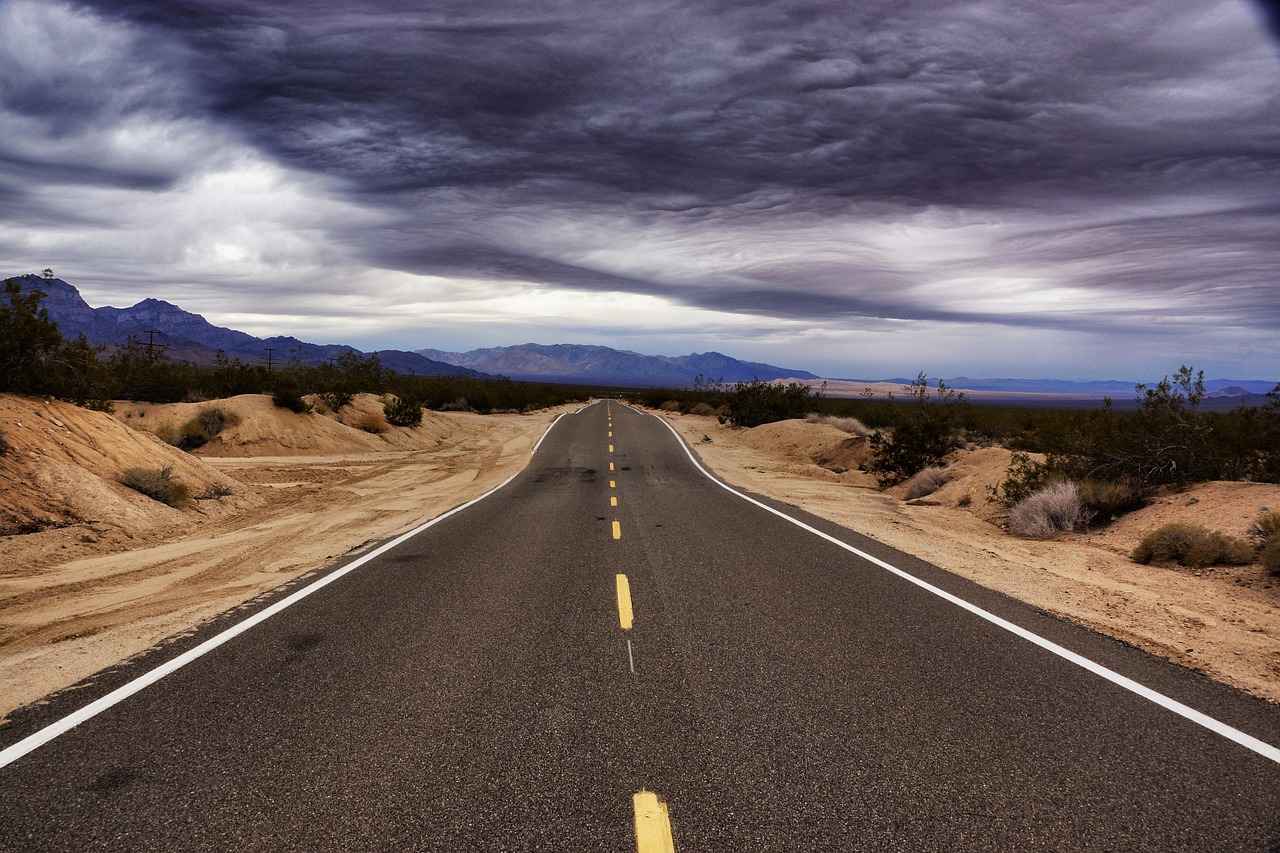
Tips for Smooth Filming on the Road
Filming a road trip can be a thrilling yet challenging endeavor, especially when you’re on the move. To ensure that your footage is not only engaging but also of high quality, it is essential to adhere to certain tips and techniques. Below are some vital strategies that can help you achieve smooth filming while driving.
One of the most crucial aspects of filming while driving is stabilization. Action cameras often come equipped with built-in stabilization features, but you can enhance this further by:
- Using a Gimbal: A gimbal helps keep your camera steady, even over bumpy roads.
- Mounting Options: Choose stable mounts like suction cup mounts to minimize vibrations.
- Handheld Stabilizers: If you’re filming outside the vehicle, consider handheld stabilizers to maintain a smooth shot.
Before you hit the road, it’s beneficial to plan your shots. Consider the following:
- Storyboard Your Journey: Outline key moments you want to capture, from scenic views to interesting roadside attractions.
- Timing is Key: Film during golden hours (early morning or late afternoon) for the best lighting.
- Know Your Route: Familiarize yourself with the roads to anticipate great filming opportunities.
Experimenting with different angles can significantly enhance your footage. Here are some angles to consider:
- Dashboard Shots: Capture the view from the driver’s perspective to immerse your audience.
- Side Window Shots: Use side mounts to showcase the landscapes passing by.
- Rear View Shots: A rear-facing camera can capture the excitement of the journey and the reactions of passengers.
Safety should always be your top priority. Here are some tips to ensure a safe filming experience:
- Use a Tripod or Mount: If you’re stationary, ensure your camera is securely mounted to avoid accidents.
- Avoid Distracted Driving: Only film when it’s safe to do so, and consider having a passenger handle the camera.
- Adhere to Local Laws: Be aware of regulations regarding filming while driving in your area.
Once filming is complete, editing plays a vital role in creating a cohesive narrative. Consider these editing techniques:
- Cutting for Pacing: Use quick cuts to maintain energy, especially during action-packed sequences.
- Incorporate Music: A well-chosen soundtrack can elevate the emotional impact of your footage.
- Add Text Overlays: Use text to provide context or highlight key moments in your journey.
By following these tips, you can significantly improve your filming quality while on the road. The combination of proper planning, effective stabilization, and creative angles will not only enhance your footage but also create an engaging visual story for your audience.
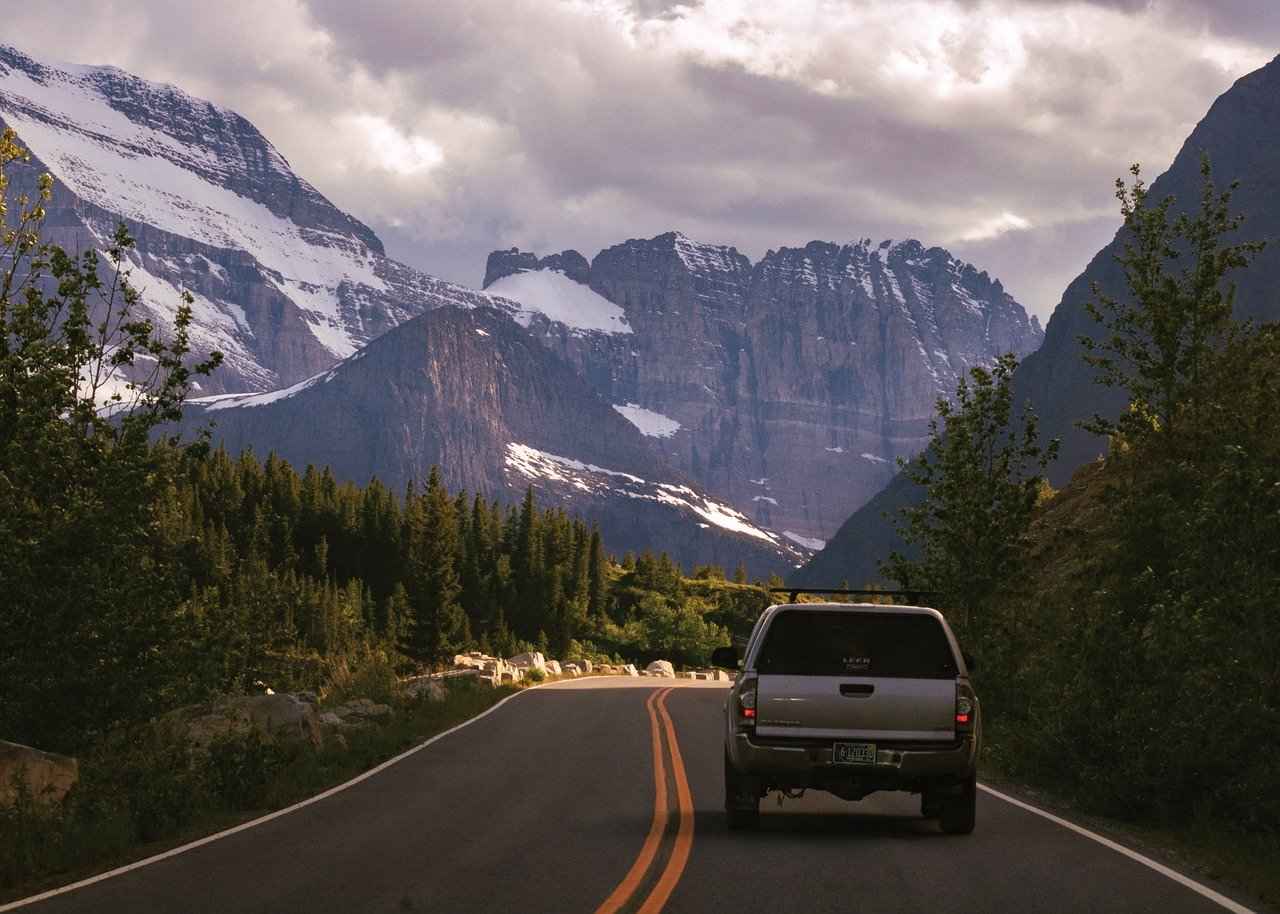
Editing Your Road Trip Footage
Editing your road trip footage is a crucial step in transforming raw clips into a captivating story that resonates with viewers. This process not only enhances the visual appeal of your videos but also helps convey the emotions and experiences of your journey. Below, we delve into essential editing techniques, software options, and tips to elevate your footage and create a compelling narrative.
Editing plays a significant role in video production, especially for road trip content. It allows you to:
- Enhance Visual Quality: Color correction and stabilization can significantly improve the overall look of your footage.
- Tell a Story: Editing helps you create a narrative arc, guiding viewers through your journey.
- Engage Your Audience: Well-edited videos maintain viewer interest and encourage sharing.
When editing your road trip footage, consider the following techniques:
- Cutting for Impact: Use jump cuts to create dynamic transitions between scenes, keeping the energy high.
- Incorporating B-Roll: Supplement your main footage with B-roll shots to add context and depth to your story.
- Using Music Effectively: Choose a soundtrack that complements your visuals and sets the mood for your journey.
There are numerous software options available for editing road trip videos, each catering to different skill levels:
- Beginner-Friendly: Programs like iMovie and Windows Movie Maker offer intuitive interfaces for newcomers.
- Intermediate Options: Adobe Premiere Elements and Filmora provide more advanced features without overwhelming complexity.
- Professional Software: For seasoned editors, Adobe Premiere Pro and Final Cut Pro X offer extensive tools for high-quality editing.
To further enhance your road trip videos, keep these tips in mind:
- Color Grading: Adjusting the color palette can evoke different emotions and improve visual storytelling.
- Audio Quality: Ensure clear audio by using external microphones and eliminating background noise during editing.
- Text and Graphics: Incorporate titles, captions, and graphics to provide additional information and context.
Keeping your audience engaged is key to a successful video. Consider the following strategies:
- Vary Your Shots: Mix wide-angle and close-up shots to create visual variety.
- Use Engaging Narration: A compelling voiceover can add a personal touch and enhance storytelling.
- Keep it Concise: Trim unnecessary footage to maintain a brisk pace and retain viewer attention.
Once you’ve completed your edits, take the time to review your video thoroughly. Look for any inconsistencies, check audio levels, and ensure that transitions are smooth. Consider seeking feedback from trusted friends or fellow filmmakers to gain fresh perspectives before sharing your masterpiece.
By following these editing guidelines and techniques, you can transform your road trip footage into an engaging and memorable video that captures the essence of your adventure. Happy editing!
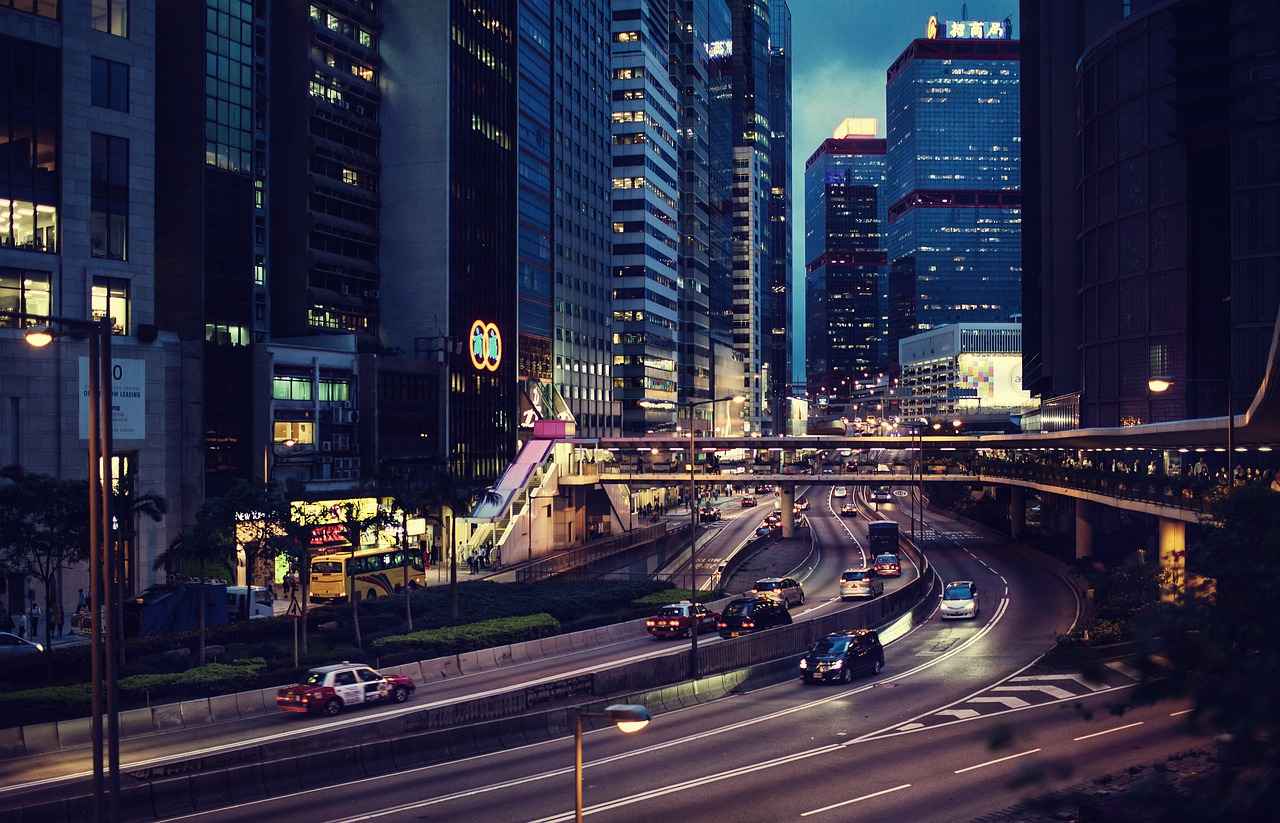
Sharing Your Road Trip Videos
is a crucial step in reaching a broader audience and engaging with fellow travelers and adventure enthusiasts. Once you have meticulously edited your video, the next phase involves selecting the right platforms and strategies to showcase your work effectively.
Sharing your travel videos not only allows you to document your journey but also helps in building a community around your experiences. Engaging with viewers can lead to valuable feedback, inspire others to travel, and even create opportunities for collaboration.
- YouTube: As the largest video-sharing platform, YouTube offers extensive reach. Optimize your video titles and descriptions with popular keywords to enhance discoverability.
- Instagram: Utilize Instagram Stories and Reels to share snippets of your journey. The platform’s visual nature makes it perfect for travel content.
- Facebook: Share your videos in travel groups and on your timeline to connect with like-minded individuals.
- TikTok: Short, engaging clips can capture attention quickly, making TikTok an excellent platform for travel highlights.
- Vimeo: For a more professional touch, Vimeo allows you to showcase your work in high quality, appealing to an audience that appreciates cinematic content.
Engagement is key to keeping your audience interested. Here are some effective strategies:
- Tell a Story: Craft a narrative around your video. Share the challenges, joys, and unique experiences of your journey.
- Use Thumbnails and Titles Wisely: Create eye-catching thumbnails and compelling titles that draw viewers in.
- Interact with Your Audience: Respond to comments and messages to build a rapport with your viewers.
- Collaborate with Other Creators: Partnering with fellow travelers can expose your content to new audiences.
To maximize your reach, consider implementing SEO techniques:
- Keywords: Research and incorporate relevant keywords in your video description and tags.
- Video Length: Aim for an optimal video length that keeps viewers engaged but also provides sufficient content.
- Call to Action: Encourage viewers to like, comment, and subscribe at the end of your video.
Don’t limit your sharing to just one platform. Promote your videos across various social media channels, blogs, and even email newsletters. This multi-channel approach ensures that you reach a diverse audience.
After sharing your videos, take advantage of analytics tools provided by platforms like YouTube and Facebook. Analyzing viewer engagement, watch time, and demographics can provide insights into what works and what doesn’t, allowing you to tailor future content accordingly.
In conclusion, sharing your road trip videos effectively can significantly enhance your visibility and engagement. By choosing the right platforms, employing effective strategies, optimizing for search, and promoting across multiple channels, you can create a vibrant community around your travel experiences.
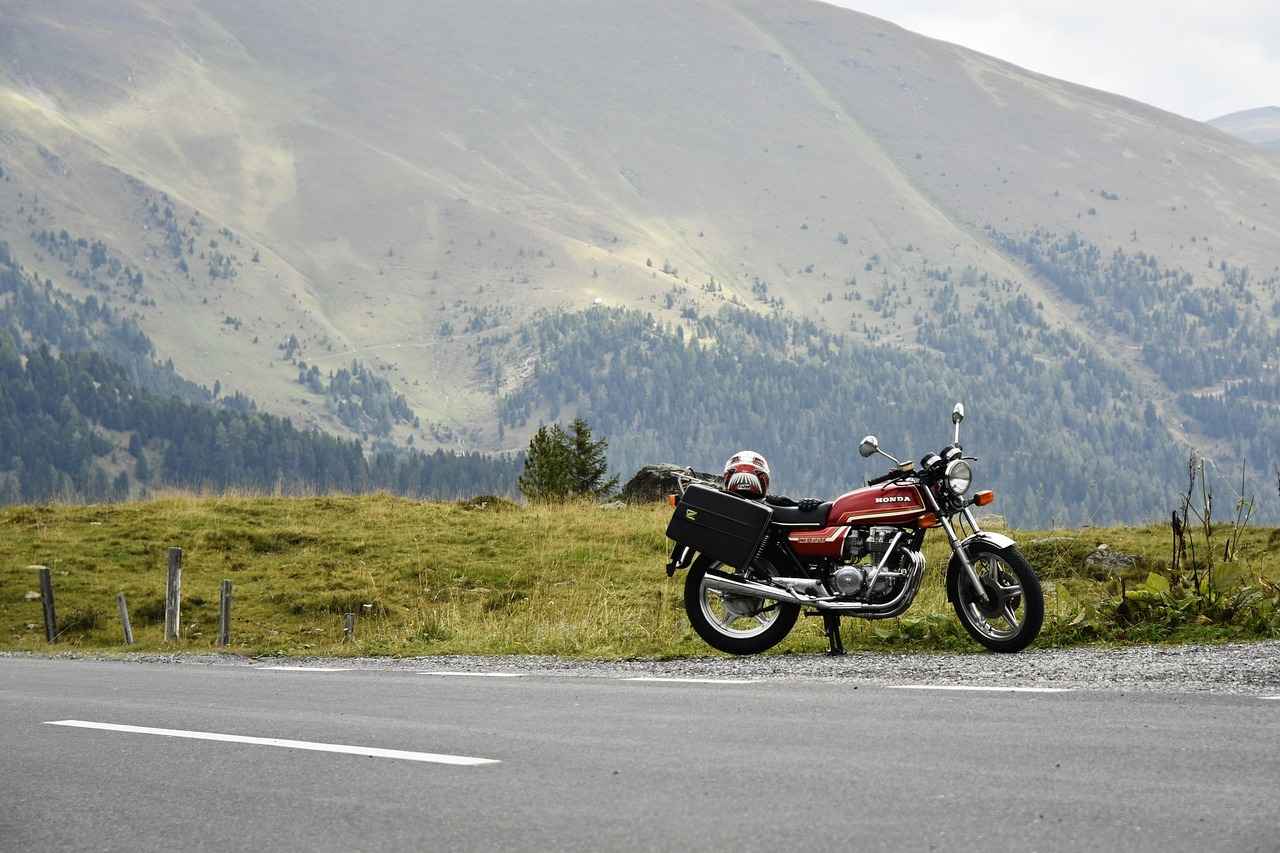
Safety Considerations While Filming
When embarking on a road trip, capturing moments on video can add a unique dimension to your journey. However, ensuring safety while filming is paramount. Understanding safe filming practices and adhering to local laws not only protects you but also enhances the overall experience.
Filming on the road presents various challenges, including moving vehicles, changing weather conditions, and unpredictable environments. Prioritizing safety minimizes risks such as accidents or equipment damage, allowing you to focus on creating captivating content.
Before setting out, it’s crucial to familiarize yourself with local laws regarding filming in public spaces. Some areas may require permits, especially in national parks or urban settings. Ignoring these regulations can lead to fines or the confiscation of equipment.
- Plan Your Shots: Before hitting the road, outline the shots you wish to capture. This preparation helps avoid last-minute decisions that could compromise safety.
- Use Stabilization Equipment: Utilizing gimbals or stabilizers can help maintain video quality while minimizing distractions from the driver.
- Secure Your Camera: Ensure your action camera is securely mounted to prevent it from becoming a projectile in the event of an accident.
- Choose Safe Locations: When filming, pull over to safe locations, away from traffic, to set up your shots. This practice not only keeps you safe but also allows for better footage.
Filming while driving can be particularly hazardous. Distracted driving is a leading cause of accidents. If you need to film while on the move, consider using a hands-free setup or having a passenger operate the camera. This way, the driver can remain focused on the road.
Always be prepared for emergencies. Carry a first aid kit, and ensure your vehicle is in good working order. Familiarize yourself with emergency contact numbers and local services along your route. This preparation can be invaluable in case of an unexpected incident.
When filming in public spaces, be mindful of those around you. Avoid obstructing pathways or intruding on others’ privacy. Obtaining consent from individuals who may appear in your footage is not only courteous but sometimes legally required.
In summary, prioritizing safety while filming on the road is essential for a successful and enjoyable experience. By understanding local laws, practicing safe filming techniques, and being prepared for emergencies, you can focus on capturing the essence of your journey without unnecessary risks. Remember, a little preparation goes a long way in ensuring both your safety and the quality of your travel videos.
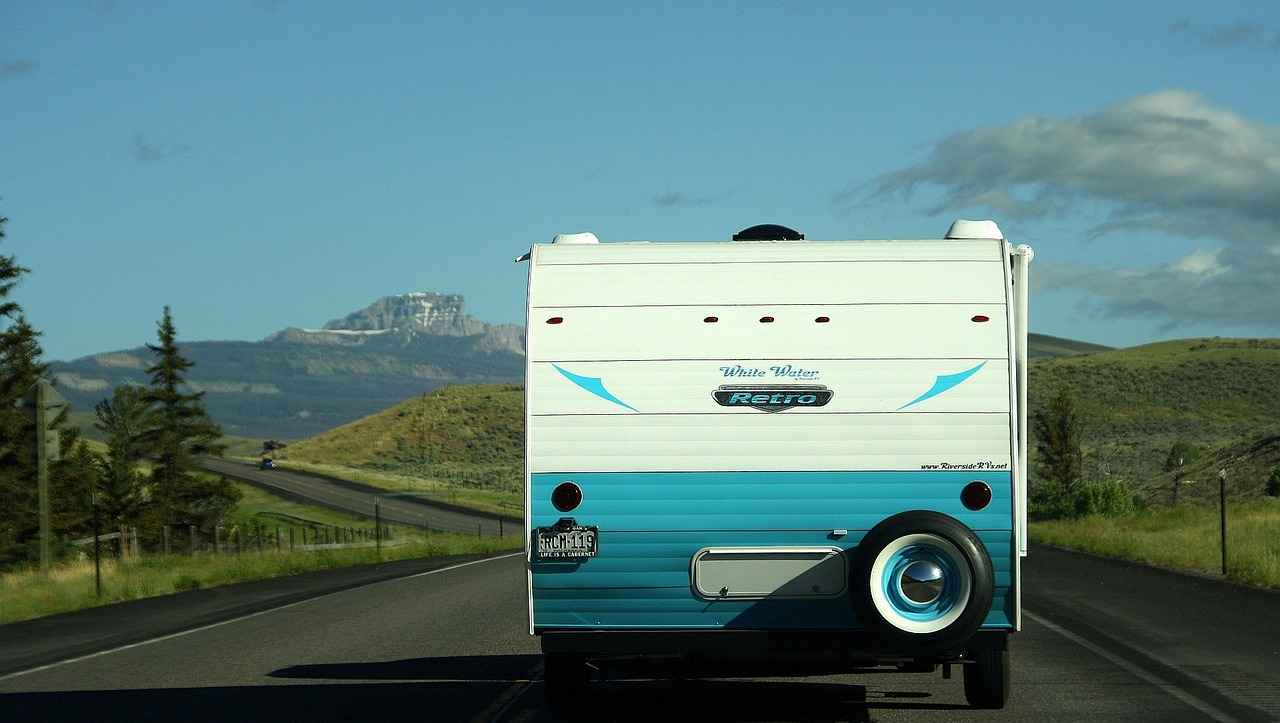
Inspiration from Other Road Trip Filmmakers
When it comes to capturing the essence of a road trip, the insights gained from other road trip filmmakers can be invaluable. Analyzing their work not only sparks creativity but also provides a deeper understanding of effective storytelling techniques. This exploration can significantly enhance your own filming approach, allowing you to create more engaging and visually appealing content.
Studying the films of seasoned road trip creators offers a wealth of knowledge. You can learn about their unique styles, camera angles, and the way they weave narratives that resonate with audiences. By observing their techniques, you can identify what works and what doesn’t, tailoring these insights to fit your personal style.
- Storytelling Methods: Many filmmakers use a narrative arc to keep viewers engaged. Consider how they introduce characters, settings, and conflicts.
- Visual Composition: Pay attention to how they frame their shots. Notice the use of leading lines, symmetry, and color palettes to create visual interest.
- Sound Design: Sound plays a crucial role in storytelling. Analyze how they incorporate music, ambient sounds, and voiceovers to enhance the viewing experience.
To derive the most benefit from watching other filmmakers, take a structured approach:
- Watch with Purpose: Instead of passively viewing, actively look for specific techniques or elements that stand out.
- Take Notes: Document your observations regarding camera angles, editing styles, and narrative structures.
- Recreate Techniques: Experiment with the methods you admire in your own filming. This practice can help solidify your understanding and improve your skills.
Inspiration can be found across various platforms:
- YouTube: A treasure trove of travel vlogs and films.
- Documentary Films: Professional road trip documentaries often showcase expert techniques.
- Social Media: Platforms like Instagram and TikTok feature short, impactful travel videos that can spark ideas.
Several filmmakers have made significant contributions to the genre:
- Casey Neistat: Known for his engaging storytelling and dynamic editing style.
- Peter McKinnon: His cinematic approach to travel vlogs is both inspirational and educational.
- FunForLouis: A pioneer in travel vlogging, showcasing diverse cultures and experiences.
By immersing yourself in the work of these filmmakers, you can discover new techniques and approaches that resonate with your vision. Remember, the goal is not to replicate but to learn and adapt these insights into your unique style.
In conclusion, the journey of learning from other road trip filmmakers is an ongoing process. Embrace the inspiration they provide and allow it to fuel your creativity, leading to more captivating and memorable travel videos.
Frequently Asked Questions
- What should I look for when choosing an action camera?
When selecting an action camera, consider key features like resolution, frame rates, battery life, and stabilization capabilities. These factors play a crucial role in ensuring high-quality footage during your road trip adventures.
- How can I ensure my footage is stable while filming on the road?
To maintain stability in your footage, use a camera with good stabilization features, and mount it securely. Additionally, plan your shots to avoid sudden movements and bumps, which can lead to shaky videos.
- What are the best angles to film during a road trip?
Experiment with various angles! Wide-angle shots are fantastic for capturing scenic landscapes, while close-ups can convey emotions and details. Utilizing different mounting options can also provide unique perspectives.
- Do I need any accessories for my action camera?
Absolutely! Accessories like mounts, tripods, and external microphones can enhance your filming experience. They help you achieve better angles and improve audio quality, making your videos more engaging.
- How can I effectively share my road trip videos?
Once your video is polished, share it on platforms like YouTube or social media. Engaging with your audience through comments and stories can also boost visibility and create a connection with viewers.
